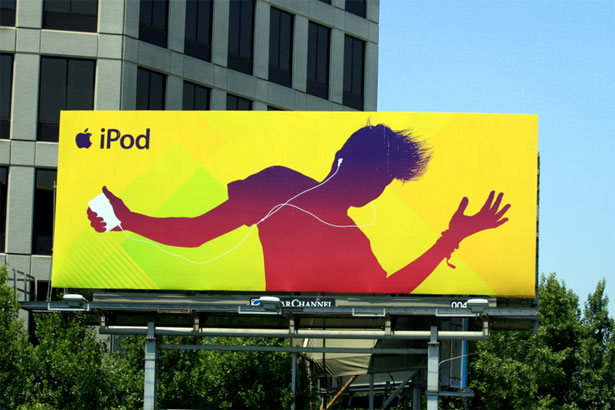


For the PC client, having a roster of extremely qualified partners whose work is best-in-class is paramount. These brands may also be structured in such a way that certain divisions of their business have a wide degree of autonomy, which means that they'll want to hire their own agencies based on their own set of criteria. Whether they're an airline that needs to rebuild their ticketing engine or an e-retailer that gets 90% of their business from search, their business has certain requirements that cannot be met by a generalist agency. “PC clients” usually have unique needs, either from a deliverable standpoint or from a structural one, and often both. If you don't mind a little troubleshooting, you can build a PC to do exactly what you want. You can choose different hardware, different software, different everything. PCs are open systems, which means they're much more customizable. For them, the idea is king, and from the idea, everything else will follow. They want their media dollars to have a degree of fluidity so they can be shifted to support ideas in the most appropriate channels, and they don't want to spend their lives on the phone, on email and in meetings disseminating information to 15 different agency partners. “Mac clients” see value in simple, seamless execution of ideas from their agency, and structure their agency model accordingly. Brand marketers that lean toward the Mac way of thinking prefer to have one agency do everything, including media. It might not do everything, but what it does do it does extremely well. It's all built to run together, making it seamless and bug-free.
#ARE YOU A MAC OR A PC ADS ACTORS SOFTWARE#
Apple makes the software and the hardware. In a lot of ways, choosing an agency model is like choosing a computer: Some people want a Mac, and others, a PC.Ī Mac is a closed system. Everyone has his or her own unique set of needs. Sometimes we're in a "decade of consolidation" and other times we find ourselves in an "era of fragmentation." Having witnessed this waxing and waning of the “right” way to do it for 20 years, it's safe to say that it's not a one-size-fits-all situation. The "correct" answer, as conferred by industry pundits, seems to reverse itself every four years or so.


 0 kommentar(er)
0 kommentar(er)
